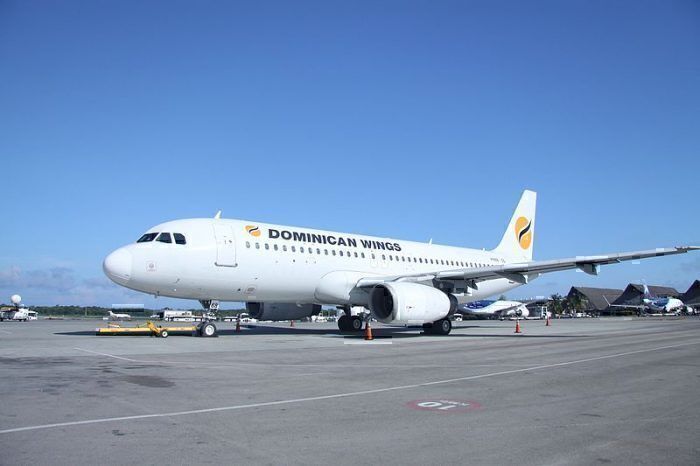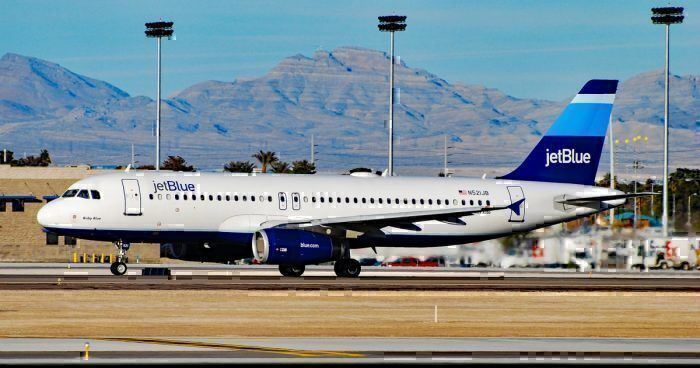Despite the punitive aviation environment, the Dominican Republic low-cost startup airline Flycana remains on track to launch later in 2020. The airline firmly believes there is a place for a low-cost operator across the Caribbean.
Over the past couple of years, Flycana has inched closer to operating regular passenger transport services. The airline isn't new; in fact, it has been around for a while operating charter services, and was formerly known as Dominican Wings.
The airline has a newish CEO, Frederik Jacobsen. Last year, we reported that Mr Jacobsen is a seasoned airline professional with a successful track record at Viva Air Colombia and Tampa Air Cargo.
Flycana is trying to lock down funding
According to the Centre for Asia-Pacific Aviation (CAPA), Flycana is busy trying to lock down $80 million in funding from local and international investors. The airline hopes to have this bedded down next month. After that, Flycana would be in a position to start services in six to eight months.
And while Flycana has its operator's license, there are a few hurdles to overcome (in addition to the funding). The first is the matter of aircraft. Flycana wants to start flying with seven aircraft, either A320s or Boeing 737s. Right now it has none. Presumably, that's where some of the $80 million will go. Of course, there is no shortage of airlines that would love to offload seven aircraft right now.
The Dominican Republic is a hotly contested market
Another hurdle is the competition. While Flycana and Mr Jacobsen believe there is room for the airline, there are already multiple carriers serving the Dominican Republic.
There are 8 million arrivals into the country annually. JetBlue has the largest market share (17.4%), more than double its nearest competitor, Delta Air Lines. The market is hotly contested, with Avianca planning new flights as well as Sky Peru and new market entrant, Frontier Airlines.
According to Mr Jacobsen, Flycana plans to send about half its flights to North America and split the remainder between the Caribbean, Central and South America.
A third hurdle Flycana has to overcome is local taxes. As CAPA notes, the Caribbean nations tax aviation heavily and the various countries that make up the region have been reluctant to scale back tax rates. It makes operating a low-cost carrier in the region a difficult business. That's something Mr Jacobsen is working on, having had experience working on building up a low-cost carrier in Central America.
The Caribbean deserves a low-cost carrier according to Flycana
Low-cost carriers are gaining a foothold around the world. Mr Jacobsen argues the people of the Dominican Republic and the wider Caribbean should enjoy the low airfares and mobility that low-cost carriers bring. It is hard to argue with that.
But there are still some miles to go on the road to take-off for Flycana. The deteriorating global aviation environment won't make this any easier. Whether the desired funding comes through is another point. Without it, Flycana won't be flying anywhere.
Flycana is an airline to keep an eye on as it promises good things. It just has to get into the air



